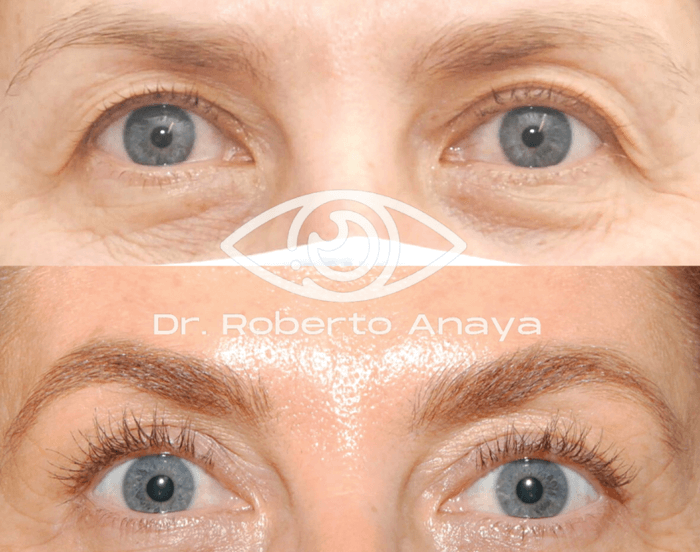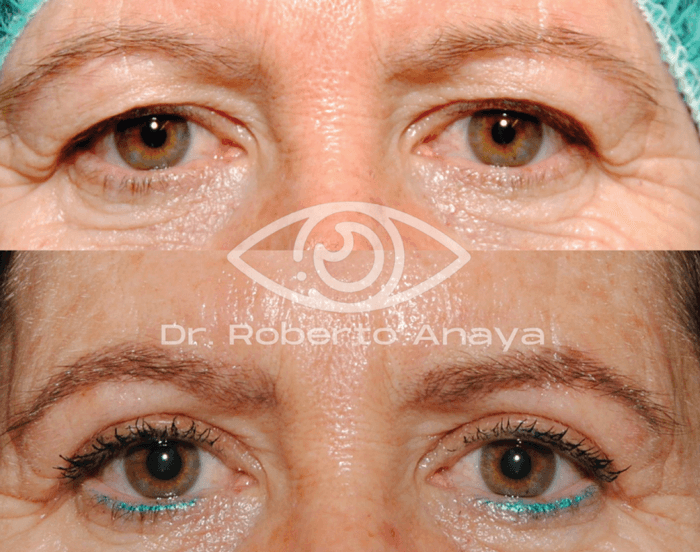
These days, my work revolves almost exclusively around oculoplastics. I attend patients with medical pathologies, such as eyelid malposition and tumors, congenital anomalies of the periocular region, as well as those with complaints of a cosmetic nature, like blepharoplasty and periocular rejuvenation.

Blepharoplasty boost
To date, I have performed hundreds of blepharoplasties, either as standalone procedures or associated with other periocular rejuvenation procedures, including brow lift, canthopexy, periocular laser, and more. Generally, it is a surgery with highly satisfactory results for both the patient and the surgeon.
The procedure is indicated in patients with an objectifiable excess of skin or fat, who also want to experience an improvement from an esthetic or functional point of view – the latter being an increase in the width of the upper visual field – or both!
Since having access to new tools, such as surgical lasers and rejuvenation devices, all integrated in the same platform – IOPtima’s iLid CO2 laser – my practice has been able to offer combined and simultaneous treatments to patients, thus enhancing the achieved results. The surgical steps of blepharoplasty performed with the CO2 laser are practically equivalent to those of conventional surgery. The difference is that the incision and excision of the skin or fat are performed by the cutting function of the laser device.
I have observed many advantages of blepharoplasty performed with this CO2 laser. The main benefits that I see are the reduction of surgical time, as well as less intraoperative bleeding due to the coagulation of vessels with a potential to bleed during the cutting process. This minimizes the risk of post-surgical hematoma and therefore shortens the patient’s recovery time. I have noticed that with the use of the iLid CO2 laser, the patient’s recovery process is significantly accelerated and shortened, compared with conventional surgery.
Additional applications
The IOPtima’s iLid CO2 system includes a rejuvenation device that allows the treatment of fine expression wrinkles, skin spots or skin signs associated with photoaging. In addition, the platform allows a high level of personalization of the treatments, with a functionality allowing the user to precisely program parameters relating to the depth and surface of the tissue to be treated, the power or duration of the impacts, and more.
Physician’s perspective
In my experience, IOPtima’s system is really easy to use. It has highly intuitive software and the results are very predictable. I have found that learning to perform procedures with the iLid laser takes very little time, requiring just a few cases for the surgeon to be fully familiar with the device.
The return on investment for the practice is fully realized in a short period of time, given the versatility of the platform – as it can be used for surgery and rejuvenation – and considering the continuous expansion of the rejuvenation and wellness market in today’s society.
If you haven’t tried the IOPtima’s iLid CO2 laser yet, I would encourage you to give the platform a go – I think you will be surprised by its great versatility. Surgery becomes a highly satisfying experience thanks to the high precision and sense of control when using the laser device.
